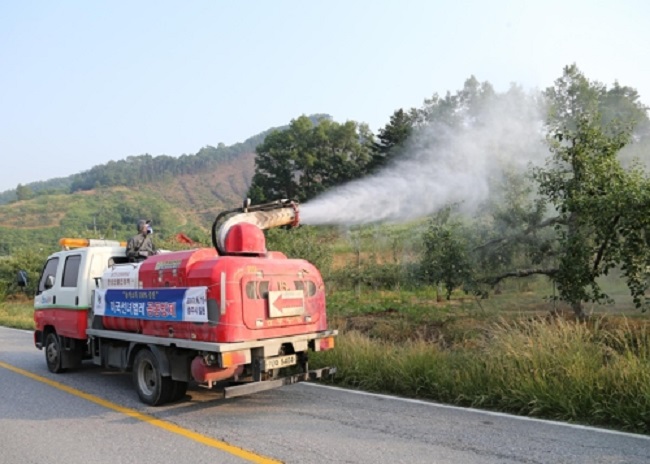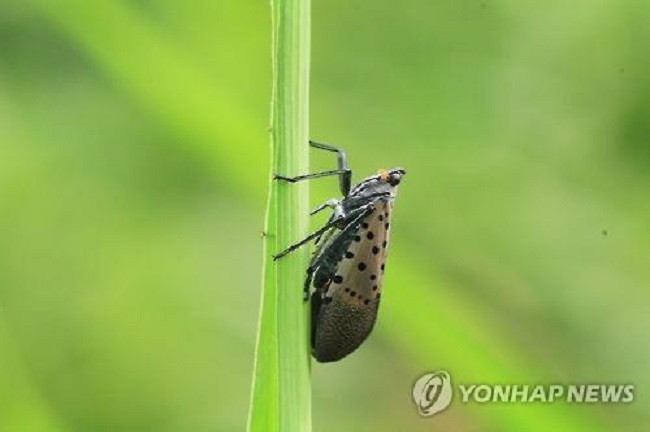
According to projections, agricultural areas can expect pest population reductions of up to 5 to 30 percent this spring, depending on the type of insect. (Image: Chungju)
SUWON, Jan. 31 (Korea Bizwire) — According to projections, agricultural areas can expect pest population reductions of up to 5 to 30 percent this spring, depending on the type of insect.
An agricultural research institute for Gyeonggi Province issued a prediction on January 31 that this year’s populations of cicadas (30 percent), beetles (20 percent), flies (15 percent), mites (10 percent) and moths (5 percent) will be fewer in number than last year.
The projections were derived by referring to past research into average winter temperatures and their effect on the winter survival rates of insects.
This winter has been significantly colder than the previous. The average temperature in Gyeonggi Province has been 3.8 degrees below zero, with the lowest average temperature per region recorded at minus 9 degrees Celsius. These temperatures are 3.7 degrees and 3.9 degrees lower, respectively, than those recorded last winter.
The research institute explained that the majority of South Korea’s insects face a high possibility of freezing to death at a temperature of 15 degrees below zero.
Up to this point, the regions that have fallen to temperatures under 15 degrees below zero are Yeoncheon County for eleven days, Hwaseong for five days and Pyeongtaek for three days.

As a result, in 2017 the spotted lanternfly were discovered in 777 hectares, nine times the surface area the same insect was found in the previous year. (Image: Yonhap)
Despite its projections, the research institute has urged those in agricultural communities to not let their guard down when spring arrives, as the winter survival rates of insects can vary from region to region and between open fields and sheltered crop growing environments.
A comprehensive study into winter survival rates is conducted annually every March.
Due to the relatively warm winter last year, 88.9 percent of the eggs of the spotted lanternfly were found to have made it through the winter. This survival rate was 7.7 percentage points higher than the previous year.
As a result, in 2017 the spotted lanternfly were discovered in 777 hectares, nine times the surface area the same insect was found in the previous year.
Lina Jang (linajang@koreabizwire.com)






